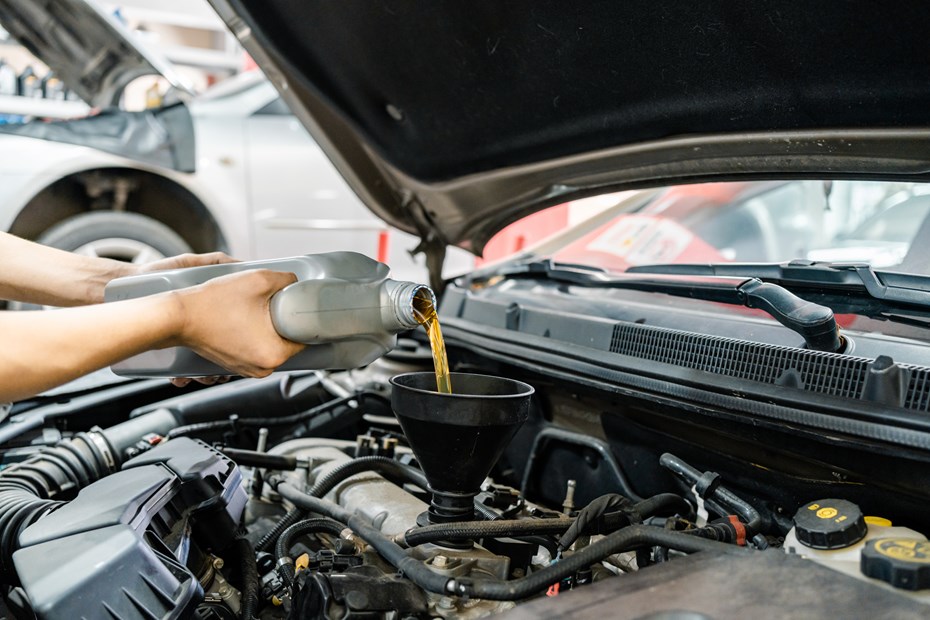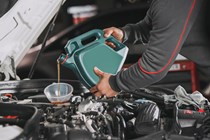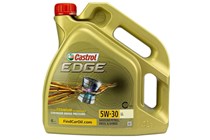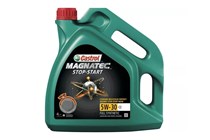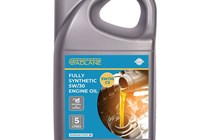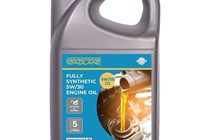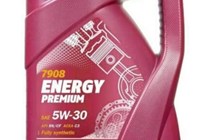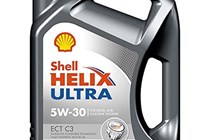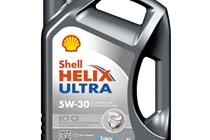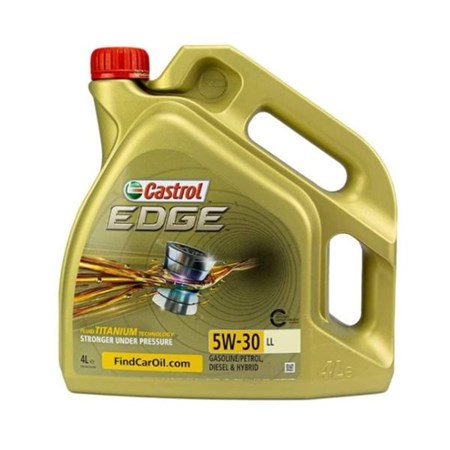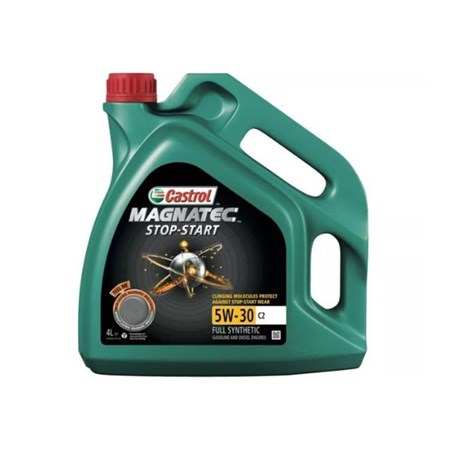There are plenty of different engine oils available, but 5W30 engine oil is a clear favourite. Designed for use in both cool and warmer weather, 5w30 engine oil is perfect for the British climate and is preferred by the majority of modern vehicle manufacturers. Whilst they all do the same primary job (lubricating your engine’s internals), most oils offer different additives to help your car in a variety of ways.
Most 5w30 engine oils are either semi or fully synthetic. This means that at least part of the oil’s construction is artificially designed in a lab. The main benefit of synthetic is better refinement than natural oils, but there is an added cost associated with synthetic oils. Fully synthetic engine oil will perform the best but will inevitably cost more. Semi-synthetic options blend both natural and synthetic together. The benefit of this is that it still offers good refinement but is cheaper to buy.
We’ve put together a list of the best 5W30 engine oils so you’ll be sure to find the one that suits your vehicular needs.
The best 5w30 engine oil at a glance:
Editor’s choice: Castrol Edge 5w30 engine oil – Buy now from Amazon UK
Best engine oil for commuters: Castrol Magnatec Stop-Start 5W30 – Buy now from Amazon UK
Best engine oil for fuel economy: Triple QX 5w30 Oil – Buy now from Euro Car Parts
The best 5w30 engine oil:
Best 5w30 engine oil
Pros
- Keeps your engine in top order
- Fully synthetic
Cons
- Supplied in 4-litre containers
Best engine oil for commuters
Pros
- Perfect for commuters
- Protects the internals of your engine from harm
Cons
- Not optimised for long-distance driving
Best engine oil for fuel economy
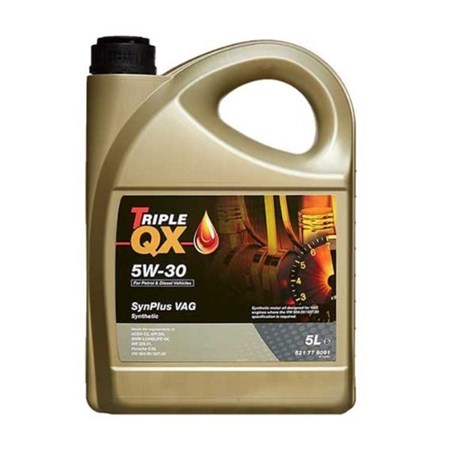

Pros
- Lower fuel consumption
- Helps avoid engine corrosion
Cons
- Won't really be of benefit to the city commuter
Best engine oil for reducing emissions
Pros
- Improve fuel economy
- Protect your exhaust from buildup
Cons
- May not be of much benefit to the average or low-mileage motorist
Best engine oil for extending service intervals
The completely synthetic basis guarantees the stability of all engine oil characteristics, even if the service intervals are increased (up to 40,000 km). This Mannol oil can also used in vehicles equipped with liquid gas and natural gas drives (LPG/CNG).
Pros
- Can extend service interval times
- Works for both petrol and diesel engines
Cons
- Not the best-known brand
When to add oil to your engine
The most obvious time to add oil is when the oil lamp-shaped dashboard light comes on. In this situation, you need to do it ASAP, or you’ll risk expensive damage to your engine.
However, it’s a good idea to regularly check your oil levels, even if your car indicates everything is okay, just to keep your car in the best possible condition. To check your oil levels, you need to make sure your car’s engine is switched off and wait five or so minutes for the oil to settle. Make sure your car is parked on flat ground, or you won’t get an accurate reading.
Remove your car’s dipstick (found under the bonnet) and clean it with a dry cloth. Reinsert it and remove it once more. The amount of oil in your engine will be clearly displayed.
There will be two markings on your dipstick: one for the full and the other for the minimum oil level. A healthy reading will be somewhere between the two of these. If your oil level is near the minimum reading, then it’s time to top your oil levels up.
How to add oil to your engine
Before adding oil, make sure that your engine will accept the oil. Check the user manual to see what oil your engine needs. If your car is in need of a top-up and you have the correct oil, then look under the bonnet for the oil filler cap (it will probably say oil or have an oil can illustration on it).
Remove this cap and insert a funnel (even if you have an amazing aim, a funnel will help avoid spillage) before adding oil. Add the oil in small increments so you don’t overfill your engine (unless you like massive repair bills). When you think you’ve added enough, wait for the oil to settle and re-check your oil levels with the dipstick. If you’re happy with the levels, remove the funnel and re-attach the oil cap.

Sign up to the Parkers Newsletter to keep up to date with more of the latest reviews, news, and recommendations from the Parkers team.
Just so you know, whilst we may receive a commission or other compensation from the links on this page, we never allow this to influence product selections – read why you should trust us.
Just so you know, we may receive a commission or other compensation from the links on this website - read why you should trust us.


